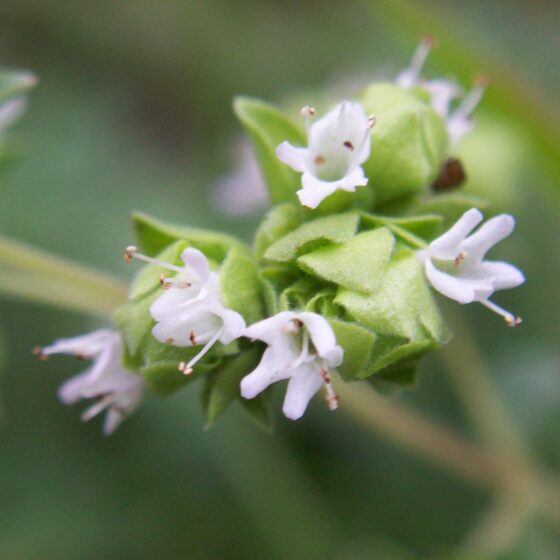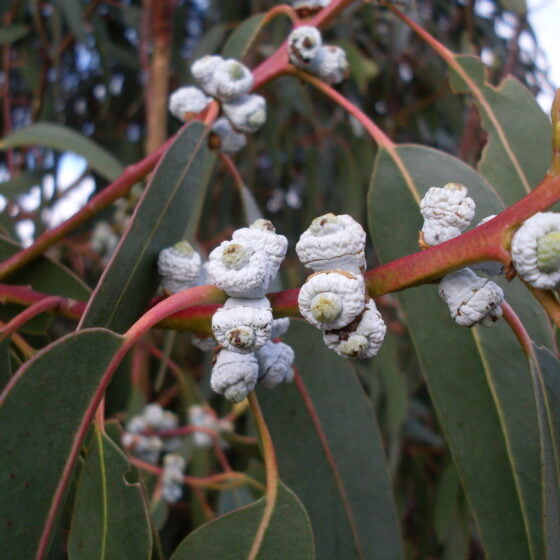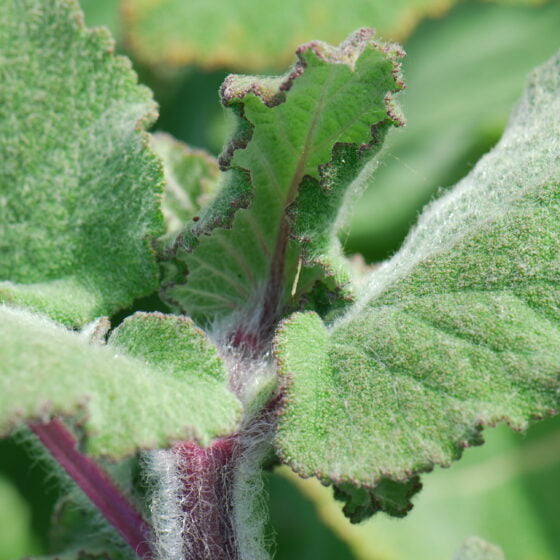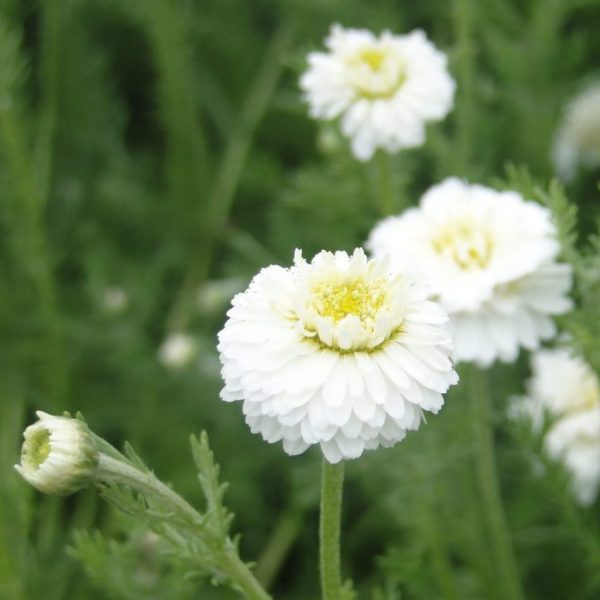
Ravintsara ORGANIC Madagascar
Cinnamomum camphora
General data
Harvest Calendar
- J
- F
- M
- A
- M
- J
- J
- A
- S
- O
- N
- D
Product details Our added value
Collaboration with a local producer employing a large part of the population from the villages in the production areas. Multi-year contract on volumes, prices and, quality of the ravintsara essential oil.
The organic certification on this product guarantees climate and environment protection, conservation of soil fertility, preservation of
biodiversity, respect of the natural cycles of the plants, and absence of use of chemical and synthetic products.
The organic certification guarantees transparent labelling for consumers and traceability.
Well-being side
Purifying, it is also immunostimulant and expectorant. Stimulates the mind without aggressiveness. Helps to become aware of its resources and limits and to know how to say no.
*The aromatherapy properties in this document are excerpted from reference books, scientific articles, or specialized websites and are provided to customer for its information and internal use only. Claims on a finished product remain the responsibility of the company making the finished product available on the market. About
Ravintsara is a particular variety of the famous camphor trees. Dubbed the “false camphor of Madagascar,” its essential oil has a different composition from that of Asian camphor: It has a very high cineole content and very low or even non-existent camphor content. Ravintsara takes the form of a tree with evergreen foliage and that grows close to 20 meters in height. The entire tree is aromatic, but the essential oil is contained in secretory pockets on the leaves. Leaf harvesting is done manually by farmers living on the production sites. The fresh leaves are distilled immediately after collection or, at the latest, the next day. Ravintsara essential oil is herbaceous with a strong cineole character.
Ravintsara, native to Taiwan, was introduced to Madagascar the mid-20th century. It grows in the rainforests of the Madagascar Highlands in the island’s southern and central regions. Ravintsara shares its Cinnamomum genus with cinnamon trees (Cinnamomum cassia, Cinnamomum zeylanicum and Ho wood (Cinnamomum camphora var. Linaloolifera.) It is also related to other fragrant trees, such as rosewood or laurel, by way of the Lauraceae family.
Our added value
Collaboration with a local producer employing a large part of the population from the villages in the production areas. Multi-year contract on volumes, prices and, quality of the ravintsara essential oil.
The organic certification on this product guarantees climate and environment protection, conservation of soil fertility, preservation of
biodiversity, respect of the natural cycles of the plants, and absence of use of chemical and synthetic products.
The organic certification guarantees transparent labelling for consumers and traceability.
Well-being side
Purifying, it is also immunostimulant and expectorant. Stimulates the mind without aggressiveness. Helps to become aware of its resources and limits and to know how to say no.
About
Ravintsara is a particular variety of the famous camphor trees. Dubbed the “false camphor of Madagascar,” its essential oil has a different composition from that of Asian camphor: It has a very high cineole content and very low or even non-existent camphor content. Ravintsara takes the form of a tree with evergreen foliage and that grows close to 20 meters in height. The entire tree is aromatic, but the essential oil is contained in secretory pockets on the leaves. Leaf harvesting is done manually by farmers living on the production sites. The fresh leaves are distilled immediately after collection or, at the latest, the next day. Ravintsara essential oil is herbaceous with a strong cineole character.
Ravintsara, native to Taiwan, was introduced to Madagascar the mid-20th century. It grows in the rainforests of the Madagascar Highlands in the island’s southern and central regions. Ravintsara shares its Cinnamomum genus with cinnamon trees (Cinnamomum cassia, Cinnamomum zeylanicum and Ho wood (Cinnamomum camphora var. Linaloolifera.) It is also related to other fragrant trees, such as rosewood or laurel, by way of the Lauraceae family.
Other type of extracts
(Aromatic)







